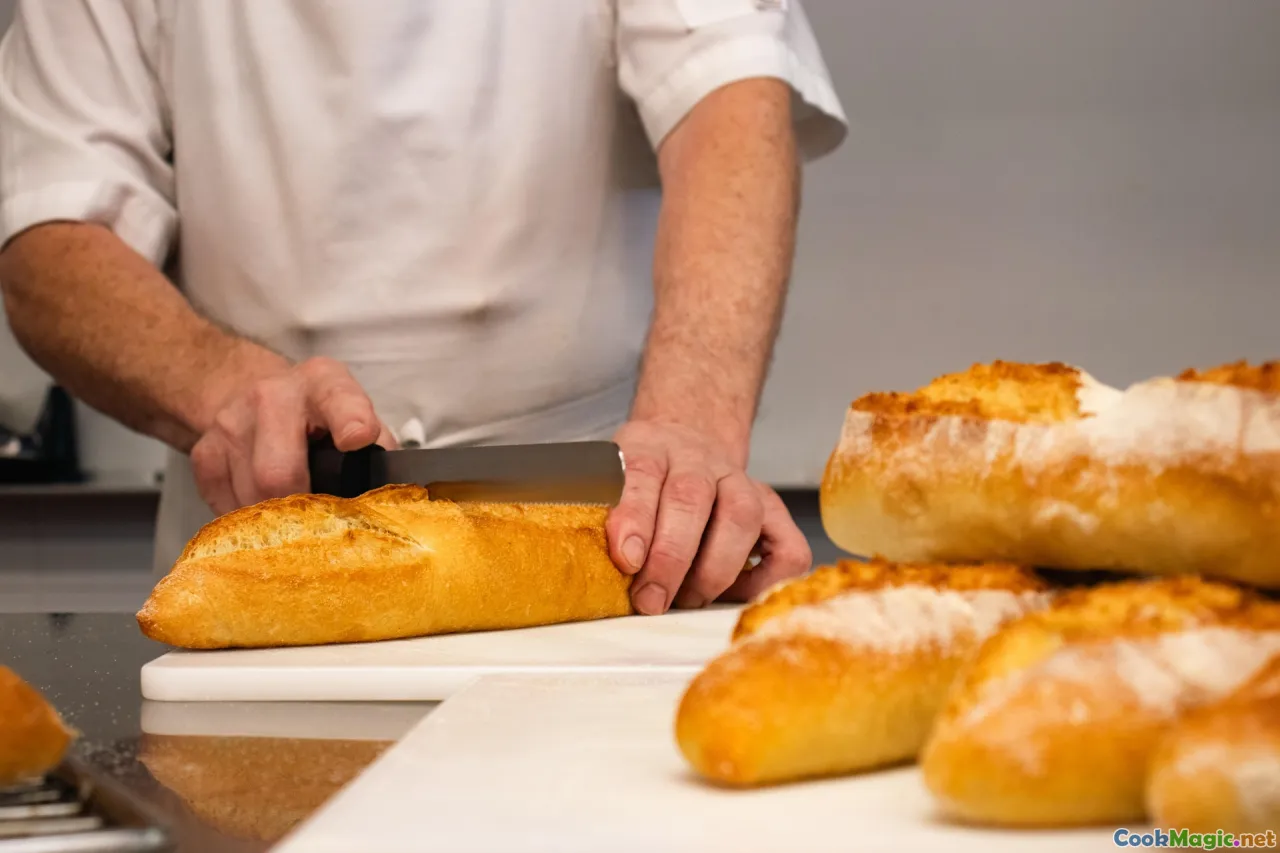The Art of Rolling Authentic Roti from Scratch
13 min read Discover the techniques and cultural significance of creating perfect, homemade roti from scratch in Pakistani culinary tradition. July 24, 2025 21:05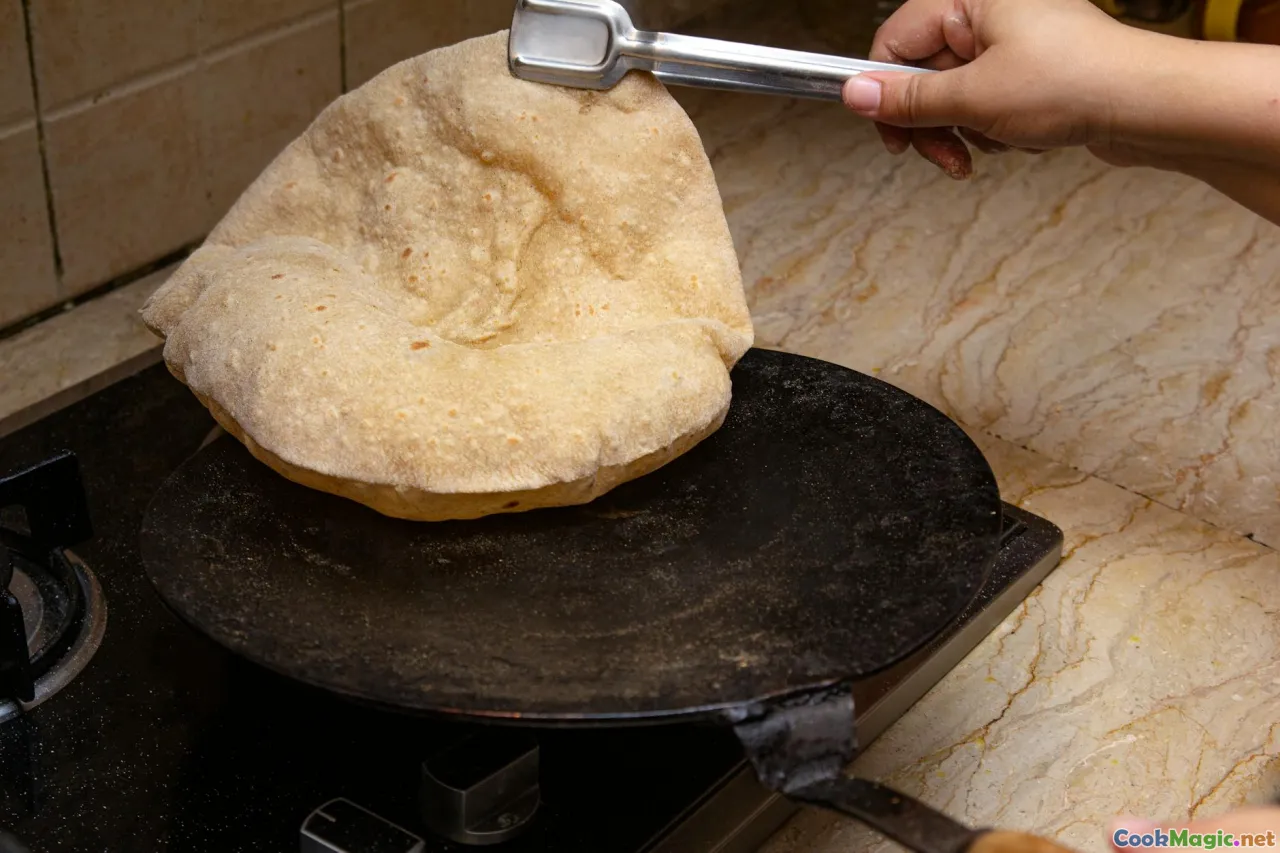
The Art of Rolling Authentic Roti from Scratch
Stepping into the humble kitchens of Pakistan, one is often greeted by the warm aroma of fresh roti—a staple that transcends the ages and embodies the very soul of Pakistani sustenance. There’s an intimate artistry in creating the perfect roti: a soft, fragrant bread that boasts a tender chew, a golden-bapped exterior, and an undertone of smoky earthiness. It’s more than bread; it’s a ritual of heritage, family, and tradition, passed down through generations, woven into the fabric of daily life. Today, I invite you to explore this time-honored craft—learning not just how to roll roti but understanding its deep roots in culture and heart.
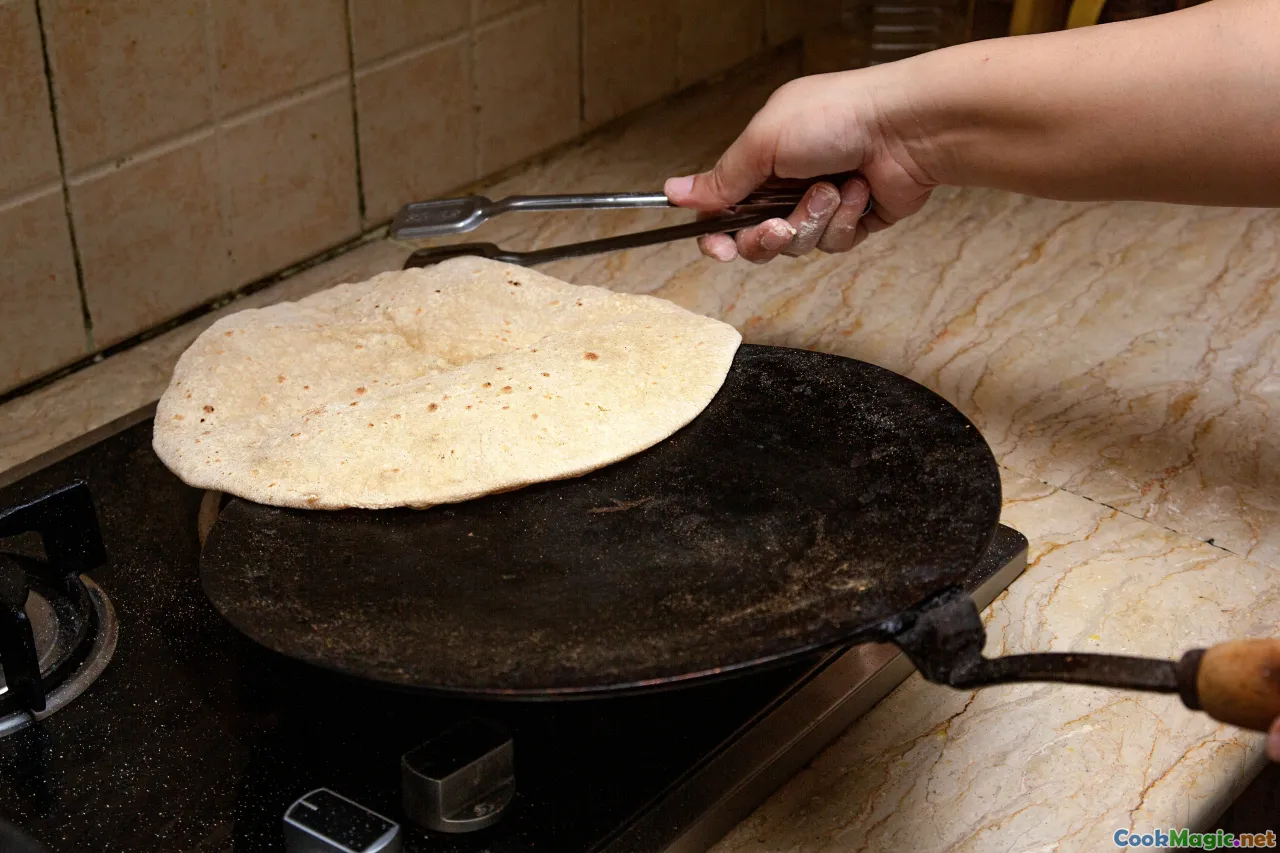
Understanding the Cultural Root and Significance of Roti
In Pakistani culture, roti isn’t merely a meal accompaniment; it’s a communal tradition, a symbol of hospitality, and a connection to ancestral roots. From bustling street food stalls in Lahore to serene rural villages in Punjab and Sindh, the act of making and sharing roti fosters bonds of love and togetherness.
Historically, roti has served as a universal keynote in the culinary tapestry of South Asia—an accessible, affordable staple that sustains millions daily. In many homes, the method of making roti varies subtly—different regions hold unique techniques and preferences, but the core remains rooted in simplicity and sincerity.
The scent of freshly made roti atop a tandoor or griddled pan conjures feelings of warmth, nostalgia, and homecomings. Whether it’s a festive family gathering or a modest breakfast, the act of forming and cooking roti ignites a sense of continuity—a connection to our ancestors who cherished this bread as a symbol of sustenance and communal bonding.

The Essential Ingredients for Authentic Roti
Before we dive into the rolling process, selecting high-quality ingredients is paramount. The foundation of a perfect roti lies in simplicity:
- Atta (whole wheat flour): Preferably, use freshly milled stone-ground atta, which retains maximum nuttiness and nutrients.
- Water: Fresh, cold water invigorates the dough, providing elasticity.
- Salt (optional): A pinch for flavor, though many prefer plain for a purist approach.
- Ghee or butter (optional): A touch in the dough adds richness, while a smear of ghee brushing post-cooking enhances flavor.
A traditional Pakistani baker’s secret lies in the perfect atta—cyclically refined, yet minimally processed, it boasts the right gluten strength for elasticity and tenderness.
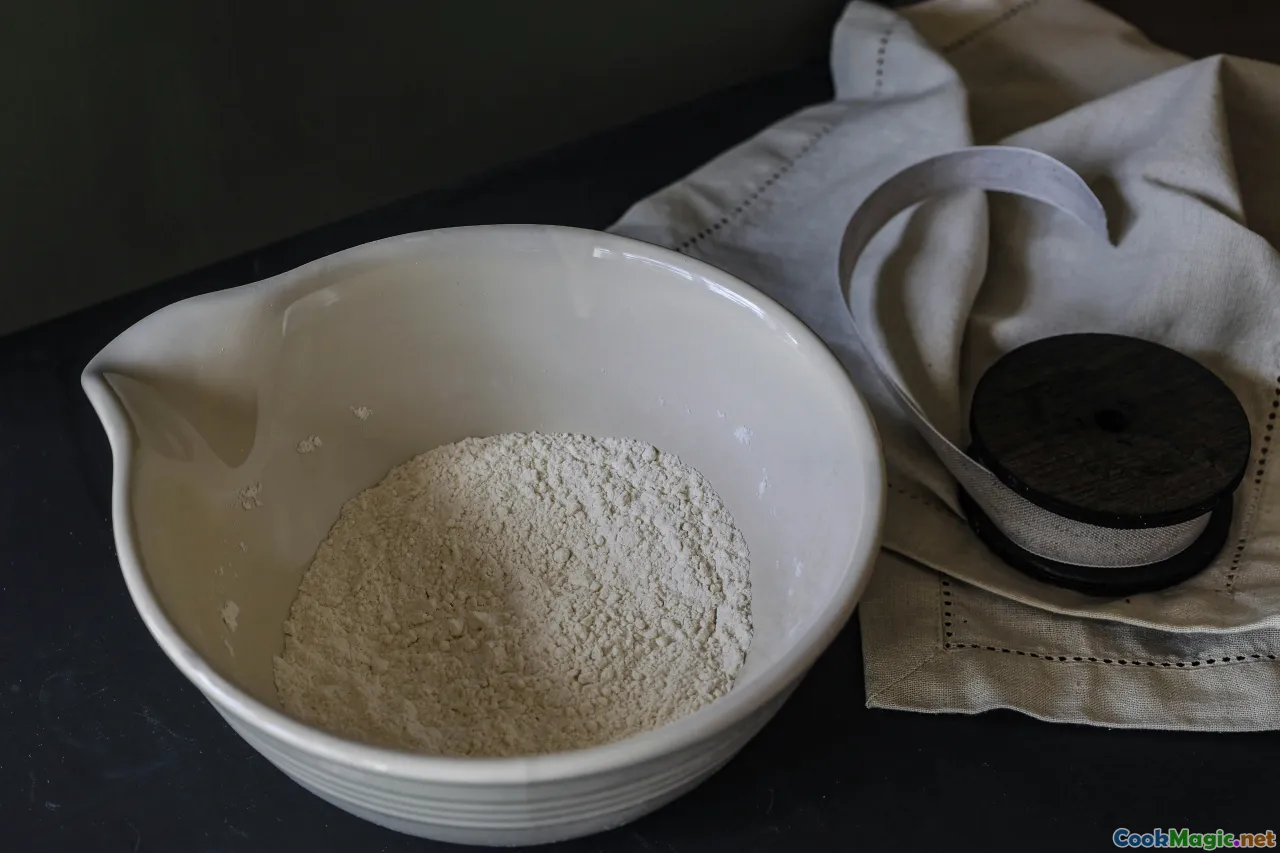
The Art of Making the Dough
Creating the dough is where patience and intuition come into play. Start with the right proportion—about 2 cups of atta to ¾ cup water, adjusting gradually adding more water if needed.
- Mixing: In a large bowl, combine flour and salt thoroughly.
- Adding water: Slowly pour in water while mixing with your fingers or a spoon, integrating the flour evenly.
- Kneading: Once combined, knead firmly but gently, using the heel of your hand. This process should take about 8-10 minutes until the dough is soft, smooth, and pliable, yet not sticky.
- Resting: Cover the dough with a damp cloth or plastic wrap and let it rest for at least 20-30 minutes. Resting relaxes gluten strands, making the roti softer and easier to roll.
During kneading, many cooks add a teaspoon of ghee for extra softness, but for authenticity, pure wheat flavor shouldn't be overshadowed.
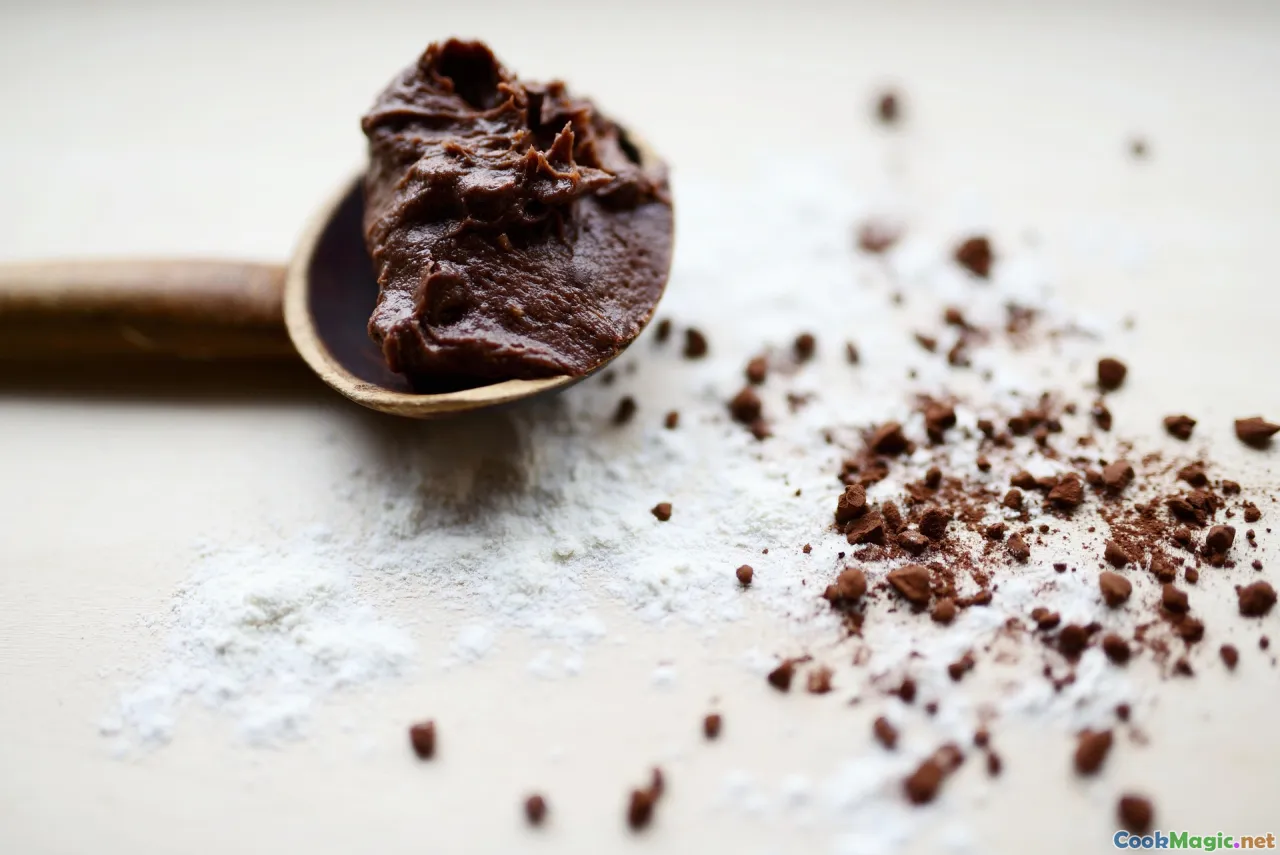
The Craft of Rolling Roti—Precision Meets Intuition
Rolling roti is both an art and a science. It requires a steady hand, a keen eye, and a touch of muscle memory.
Traditional Techniques for Perfect Roti
- Dividing the Dough: After resting, divide the dough into small, uniform balls—about the size of a golf ball.
- Flattening: Coat each ball lightly with dry atta, then begin pressing into a flat disc with your fingers.
- Rolling: Using a rolling pin, gently roll from the center outwards, turning the disc in a quarter turn after each roll to maintain a round shape. The goal is an even thickness—about 1/8 inch.
- Diameter: Aim for about 6-8 inches in diameter. Be patient; if the dough resists or shrinks, let it rest a moment longer.
Tips for Success
- Consistent Pressure: Apply even pressure on the rolling pin for uniform thickness.
- Use of Flour: Lightly dust the surface and the rolling pin with dry flour—enough to prevent sticking but not so much as to dry out the dough.
- Chill if Needed: If the dough becomes too elastic and shrinks back, let it rest a few more minutes.
- Round Shape: Gently nudge and reshape the edges with your fingers if it becomes uneven.
Making Roti in the Authentic Way
In traditional settings, roti is often rolled directly on an unfloured but well-dusted surface, flipping and turning gently. Some prefer pressing the dough into a thin, even disc using their palms before rolling. Experience teaches you nuances—the temperature of the dough, the ambient humidity, the right amount of flour—factors that influence the perfect round.
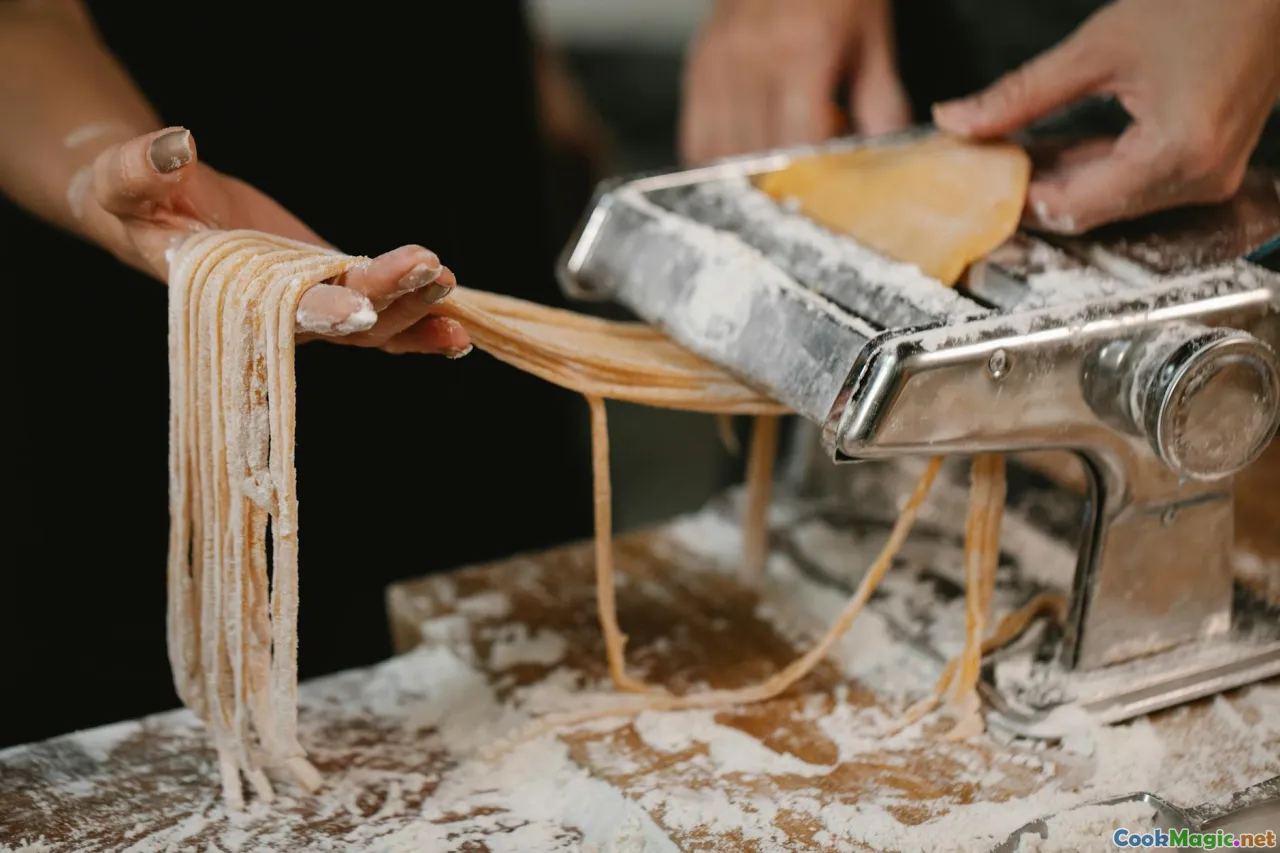
Cooking the Roti—Mastering the Flame
Cooking ripe roti is where your skills come alive.
Traditional Tools
- Tandoor: In rural and traditional contexts, a tandoor provides an intense hot environment, giving roti a characteristic puff and smoky flavor.
- Griddle (Tava): Most households use a cast-iron griddle, which must be preheated until hot.
Cooking Process
- Preheat: Warm your tava on medium-high heat. A test sprinkle of flour should sizzle immediately.
- Placing the Roti: Gently lift the rolled roti and place it on the hot tava.
- Bubbles & Browning: Within seconds, you’ll see bubbles forming. Flip the roti with tongs or a spatula.
- Second Side: When the underside develops light brown spots, flip again.
- Puffing: For an authentic puff—lift the roti and hold it over the flame briefly or turn directly on a gas flame using tongs—allowing it to puff, which indicates perfect fluffiness.
- Finish: Remove from heat, optionally brush with ghee, and serve immediately.
Tips to Remember
- Do not press down during cooking—they might turn flat and dense.
- Maintain a consistent heat to avoid burning.
- Practice patience; the perfect puff might take a few tries.

Serving and Pairing
Freshly cooked roti, with its tender softness and nutty aroma, pairs beautifully with a plethora of Pakistani dishes. From richly spiced curries like karahi and nihari to dals and sautéed vegetables, roti acts as a vessel—mopping, sopping, and soaking flavors.
In regions like Punjab, serving roti warm with a dollop of butter or a drizzle of ghee is a cherished tradition, echoing beyond taste to evoke feelings of comfort and belonging. For special occasions, elders often dip the roti in aromatic salty tea or serve it alongside succulent kebabs.
Personal Insight: Over the years, I’ve learned that the true magic lies in the love and patience infused into each step. The rhythmic act of rolling, the crackle of the griddle, the aroma filling the air—all come together to create something more than bread; it’s a testament to family, perseverance, and cultural identity.
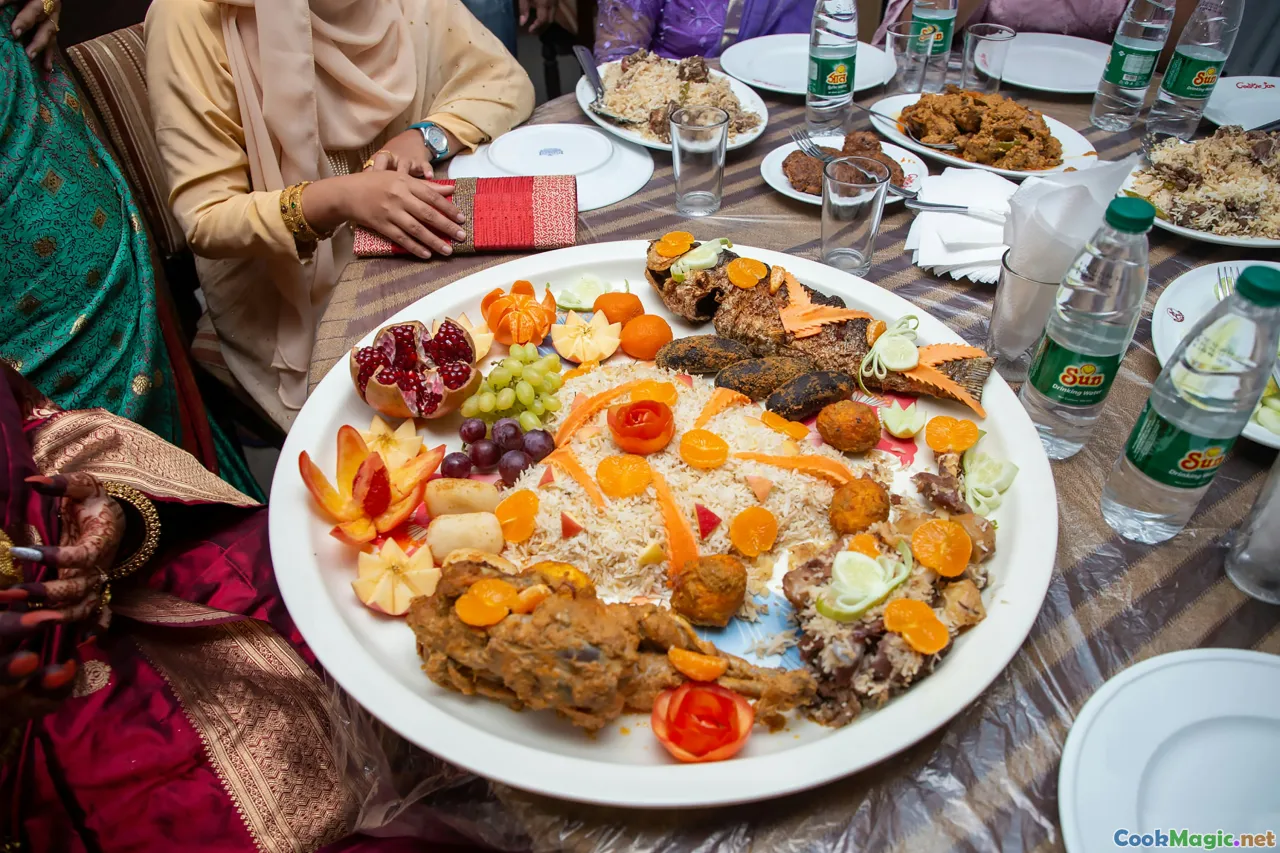
Final Reflections: Embodying the Spirit of Roti
Mastering the art of rolling authentic roti may seem humble, but it embodies a rich history of communal life, resilience, and culinary elegance. Each step—when approached with care, patience, and passion—transforms simple ingredients into a sensory masterpiece.
It’s about more than just the mechanics; it’s about reconnecting with traditions, sharing stories around the hearth, and passing down this craft to future generations. Whether you’re in a rustic village or a modern kitchen abroad, the act of crafting and savoring freshly rolled roti is a soulful journey—one that feeds both body and spirit.
So, roll out your dough, light your stove, and indulge in the timeless artistry of tender Pakistani roti—a true culinary heritage, crispy or soft, fragrant and flavorful, made from scratch with love.
